Easy Listening? The True Nature of Bossa Nova Music
Continuing from the previous installment, this is Part III of our exploration of must-listen Bossa Nova classics for the summer, analyzing legendary albums and songs through the works of composers and performers.
At first glance, Bossa Nova might seem like mere background music. It’s a perfect fit for department stores, supermarkets, and other commercial spaces. In fact, you can often hear Bossa Nova playing in department stores year-round. That’s because it’s easy on the ears and non-intrusive—essentially, easy listening music. If you just let it play in the background, it might seem like nothing special.
However, the structure of Bossa Nova is quite complex, and when you actually try to play it, you’ll find that it’s a highly technical genre.
If you attempt to play it on guitar, you’ll notice that it rarely uses simple diatonic chords like those found in folk songs—such as Am, Em, G, or C—built from just three notes. Instead, sheet music is filled with chords incorporating rich tension notes, such as major sevenths, ninths, thirteenths, and augmented chords.
These tension chords are the key to Bossa Nova’s signature floating and relaxing feel.If you play a song using only diatonic chords while ignoring the tensions written in the sheet music, you won’t be able to capture the true essence of Bossa Nova.
The fact that seemingly simple songs are actually quite sophisticated—this is what makes music so fascinating.
Another Essential Bossa Nova Album for Summer?
Following up on the previous Bossa Nova Chronicle, another historically significant album is Wave by Antônio Carlos Jobim. This album, like Getz/Gilberto, was produced by Creed Taylor.
Creed Taylor has produced numerous masterpieces by Jobim, but if I had to choose one, I would recommend Wave.
■ Recommended Album: A Bossa Nova Masterpiece Praised as the Ultimate BGM Antônio Carlos Jobim – Wave (1967)
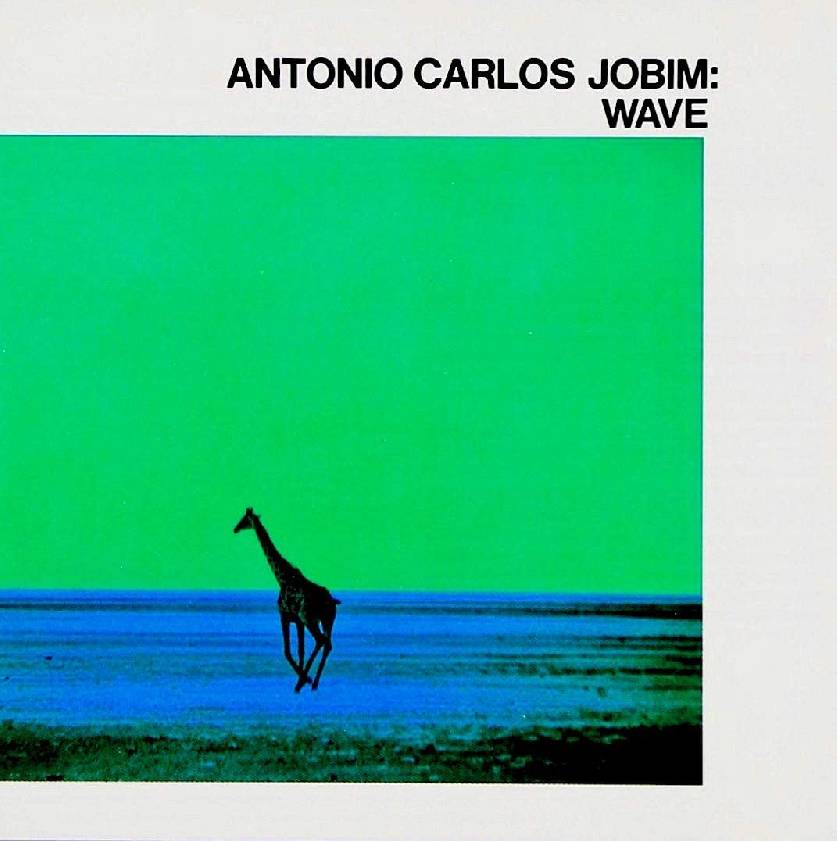
The main reason for my recommendation is, of course, the brilliance of the compositions.
What sets this album apart from Getz/Gilberto is that it is primarily instrumental (with the only vocal track being Lamento) and that it prominently features string arrangements.
I’m generally not a big fan of string arrangements in music, but this album is an exception.
The string arrangements were done by Claus Ogerman, whose work elevates Wave to a higher level, contributing to its status as the ultimate relaxation music. Bossa Nova is often said to have a natural affinity with strings, and listening to this album makes it clear why. Ogerman’s strings blend seamlessly with Jobim’s melodies, sometimes harmonizing with them, other times taking the lead, ultimately enhancing the beauty of Jobim’s music.
Claus Ogerman was a master of string arrangements and collaborated with numerous artists, including Michael Brecker, Bill Evans, Michael Franks, George Benson, and Diana Krall.
He also won Grammy Awards for Best Arrangement on George Benson’s Breezin’ and Diana Krall’s Quiet Nights.
A Historic Photograph of a Running Giraffe on the Cover!
The album cover features a photograph taken by American photographer Pete Turner.
Turner studied photography in college and began his career with National Geographic. He also shot album covers for jazz labels like Verve and CTI. Wave is one of his iconic works.
There are two versions of the Wave album cover—one with a green background and another with a red background.
At the time, it was not widely known that giraffes lift all four legs off the ground when running, and this photograph was the first to capture that moment. Given Pete Turner’s background with National Geographic, which focuses on global nature and wildlife, it’s no surprise that he was able to take such a remarkable shot.
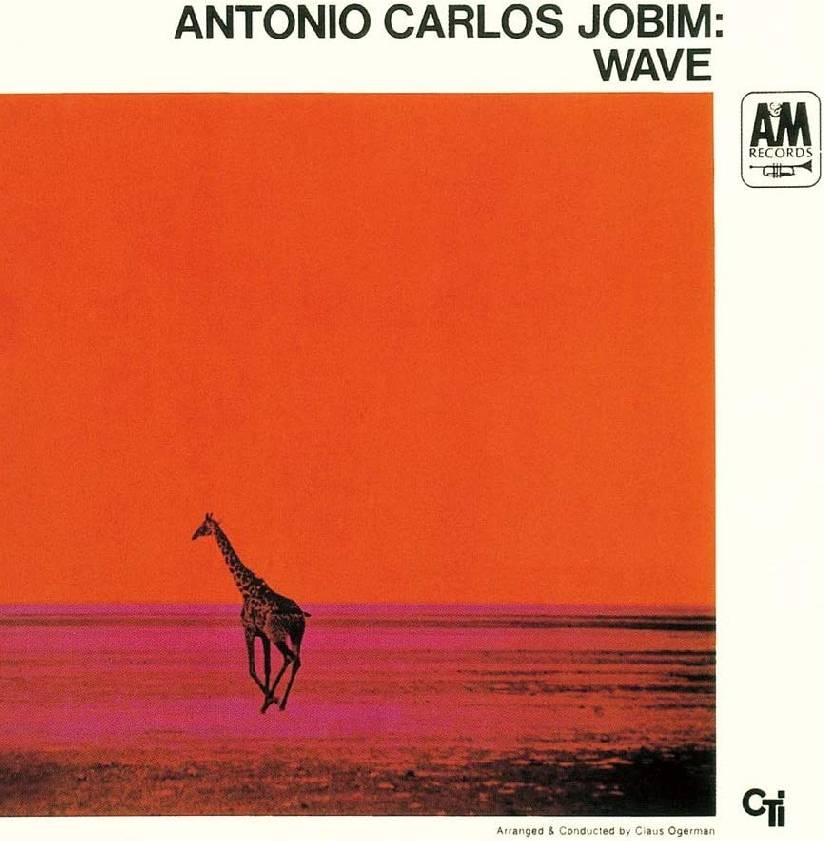
Another Version of the Wave Album Cover
Pete Turner’s photography was featured on many jazz album covers, including those from labels like A&M. Unlike the classic Blue Note covers, Turner’s designs had a more modern and sophisticated aesthetic.
His work played a central role in shaping the visual identity of jazz. Iconic albums such as Wes Montgomery’s A Day in the Life, CTI All-Stars’ Rhythmstick, and Jim Hall’s Concierto de Aranjuez all featured his photography. His ability to visually represent the essence of jazz was groundbreaking.
In the preface of Pete Turner’s 2006 album cover collection, The Color of Jazz, legendary producer Quincy Jones praised his work, highlighting its artistic impact.
Album Covers Photographed by Pete Turner
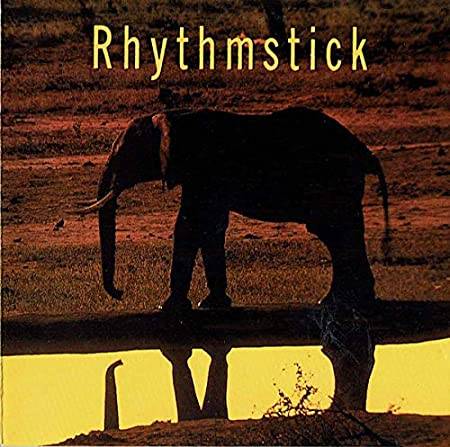
CTI All-Stars – Rhythmstick

Wes Montgomery – A Day in the Life
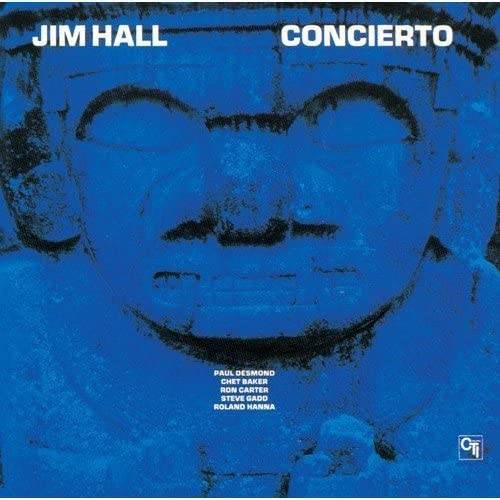
Jim Hall – Concierto de Aranjuez
Recommended Track: "Wave"
A masterpiece by Jobim, second only to The Girl from Ipanema, Wave has become a worldwide standard.
In this piece, Jobim plays both piano and guitar. It begins with a gentle intro on a nylon-string guitar, followed by a refreshing A-section led by Jobim’s piano. The beauty of the chorus is undeniable, but what truly stands out is the way the string arrangement complements Jobim’s piano—its freshness is beyond words.
In the second chorus, Jobim doesn’t play the melody perfectly, but that’s part of the charm. He was never a technically skilled pianist, yet his playing has a unique warmth. His unpolished, almost conversational style adds depth and character to his music, making it all the more expressive.
Recommended Track: "Red Blouse"
The intro features Ron Carter’s bass line supporting Jobim’s nylon-string guitar. After the B-section, Jobim’s piano bridge seamlessly transitions into Claus Ogerman’s delicate string arrangements. The progression from the bridge to the chorus showcases a beautifully balanced interplay between Jobim’s piano and the orchestral ensemble.
With the addition of flute, piccolo, horn, and trombone, the arrangement gains a rich tonal palette, enhancing the song’s depth. While most tracks on the album are around two minutes long, Red Blouse stands out as the only piece exceeding five minutes.
Musicians & Albums Featured in This Article
- Artists: Antônio Carlos Jobim, Claus Ogerman
- Album: Wave
- Songs: Wave, Red Blouse
⇨ SOUND HOUSE Piano/Synthesizer Collection
The “sound & person” column is made possible by your contributions.
For more information about submissions, click here.












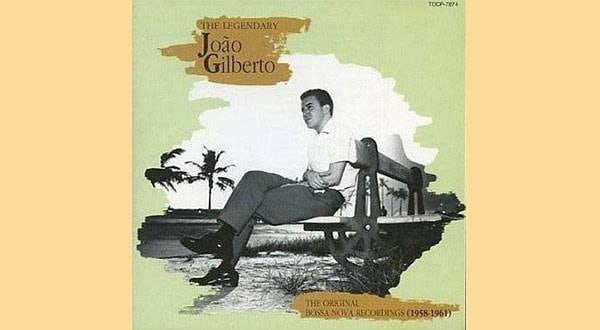


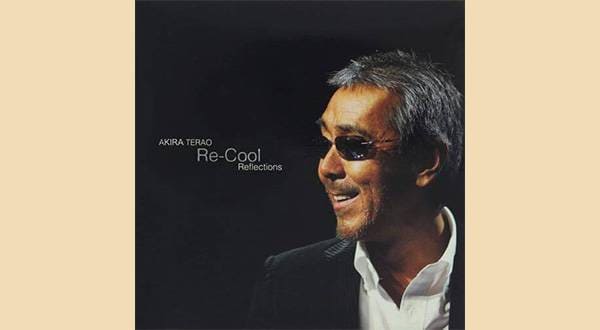

 バンドあるある相談
バンドあるある相談
 Roland 電子ピアノデジタルピアノ購入ガイド
Roland 電子ピアノデジタルピアノ購入ガイド
 おすすめの電子ピアノ
おすすめの電子ピアノ
 超オススメのフレーズ道場 アコースティックギター
超オススメのフレーズ道場 アコースティックギター
 ギターの種類
ギターの種類
 ギター名人ラボ
ギター名人ラボ















